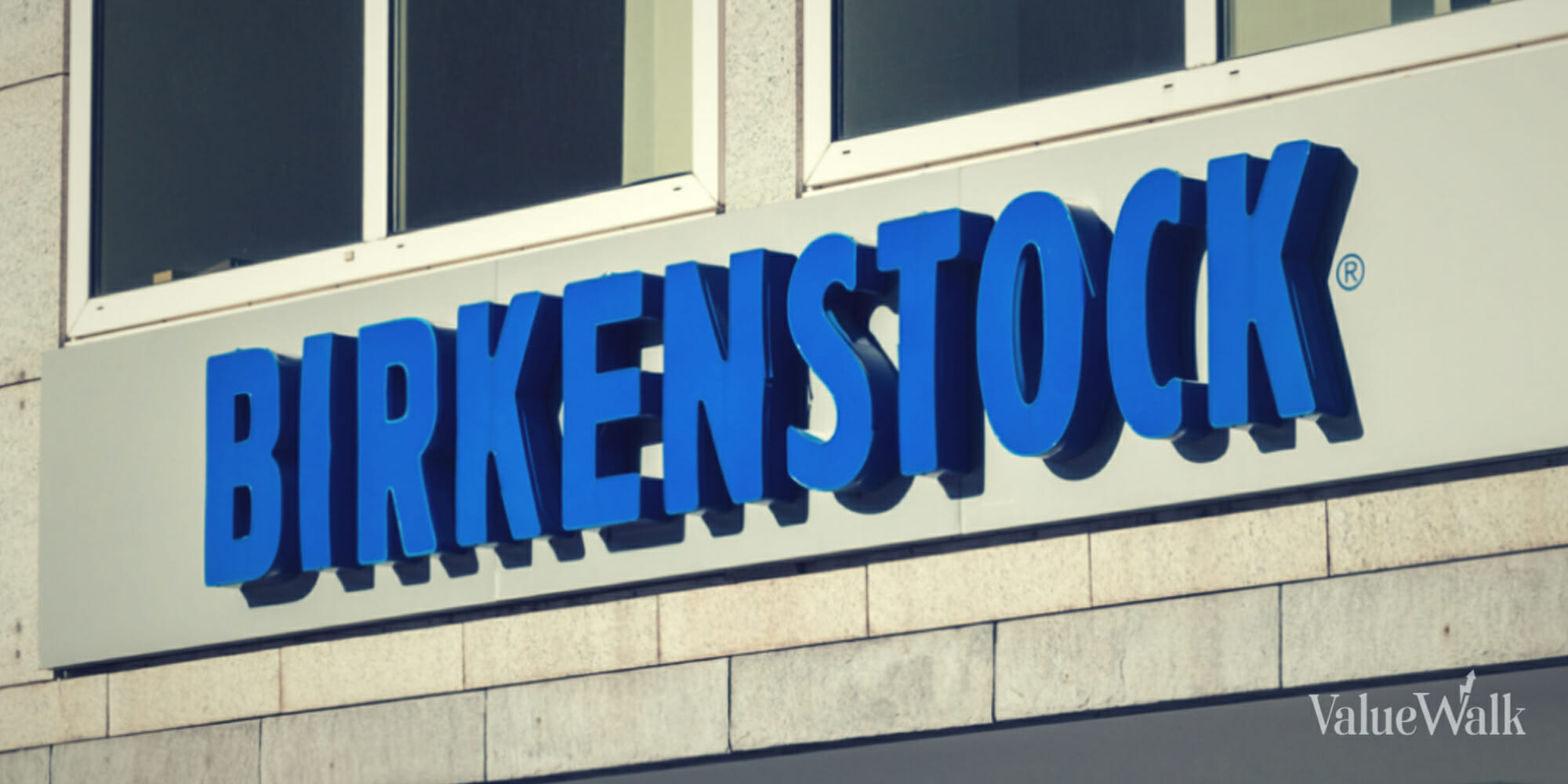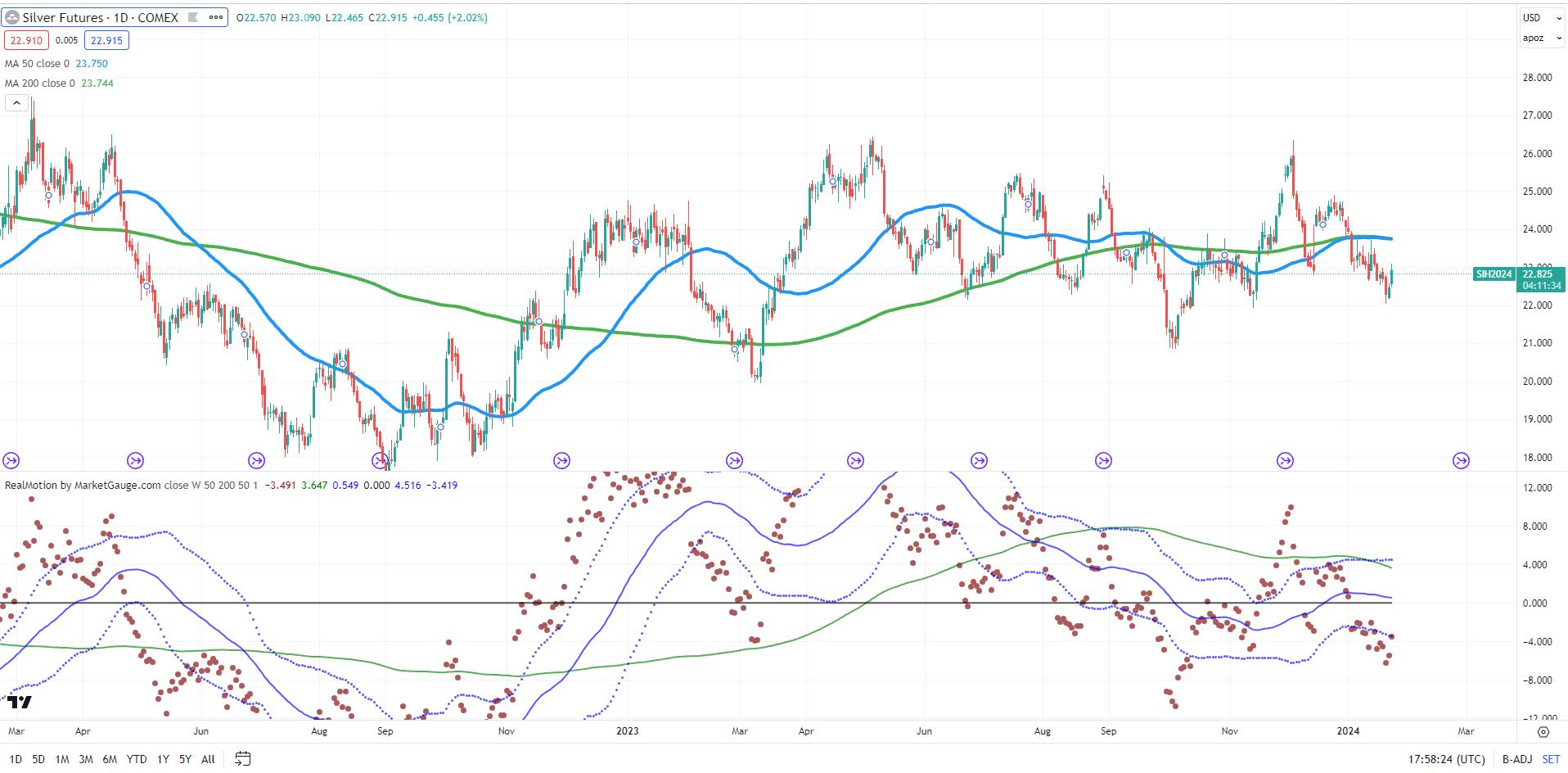Should You Buy Dip from Birkenstock?

One of the largest IPOs of 2023 Birkenstock Holding (NYSE:BIRK) reported solid fiscal first quarter results, its first quarter as a publicly traded company. However, in the aftermath, stock prices immediately began to fall.
Shares of the more than 200-year-old sandal maker, founded in Germany in 1774 and now headquartered in London, fell as much as 11% to about $45 per share in premarket trading Thursday.
By mid-afternoon ET, the stock was still down about 8% on the day, at $47 per share. But did the earnings report warrant such a drop? Let’s take a look at Birkenstock’s results to see if a drop in price is a buying opportunity.
First quarter sales record
Birkenstock posted solid performance in the first quarter of the fiscal year that ended December 31. Until 2021, the iconic sandal maker, which was family-owned, recorded sales of €303 million, up 26% year-on-year. This is a new record.
In fact, Birkenstock sales increased across the board, including a 19% increase in the Americas, a 33% increase in Europe, and a 51% increase in the Asia Pacific, Middle East, and Africa (APMA) region. The figure beat analysts’ estimates of revenue of 287 million euros.
The company’s sales increased due to increased production capacity, increased demand, and higher prices due to inflation. One of the most promising developments this quarter was the continued growth in direct-to-consumer (DTC) sales, which Birkenstock has been focused on expanding.
DTC sales refer to online sales through the website or in one of 45 Birkenstock stores around the world. DTC sales increased 30% in the quarter on a constant currency basis, with DTC penetration increasing 100 basis points to 53%. B2B sales, which refers to sales made through other retailers, also increased 22% this quarter.
The company’s stock price may have fallen due to earnings numbers that met expectations but did not exceed them. Birkenstock actually posted a net loss of $7.1 million in the quarter, but that was better than its $9.2 million net loss in the same quarter a year ago.
On an adjusted basis, excluding costs related to the IPO, certain transactions, transfers and unrealized gains and losses, the company had net income of $16.7 million, or 9 cents per share. That was down from $26.5 million in the same quarter a year ago but in line with analysts’ expectations.
Perhaps investors were hoping for earnings improvement, or maybe they were concerned about rising expenses or a decline in earnings before interest, taxes, depreciation, and amortization (EBITDA) margins from 29.1% to 26.9%.
Should I?
Should I buy dip?
The quick and somewhat harsh reaction to Birkenstock’s earnings report seems a bit overblown and perhaps nothing more than a knee-jerk reaction to an overall solid report..
As CEO Oliver Reichert explained, the higher costs come as Birkenstock expands with new stores in more markets, a move to increase capacity to handle increased sales and demand.
“Given our engineered distribution model, demand continues to outpace supply across all geographies, channels and categories,” Reichert said in the earnings call. “As previously communicated, our strategic investments for future growth are having a planned and temporary impact on our profitability. However, in the medium term, we are confident that we will continue to achieve our targets of over 60% gross profit margin and low 30% adjusted EBITDA margin.”
Birkenstock reiterated its outlook for fiscal 2024, projecting 2024 gross profit margins of over 60% and adjusted EBITDA margins in the low 30s. Perhaps investors were hoping for an improved outlook compared to past expectations, although this guidance indicates an improvement in adjusted EBITDA, which currently shows a margin of 26.7%. Gross margin is currently 61%, roughly in line with 2024 guidance.
Birkenstock management appears to be taking the necessary steps to grow this iconic brand, and sales have been solid. However, it can take time to generate consistent profits, so investors may want to monitor the company’s progress.
While Thursday’s sharp decline lowers the entry price for interested investors, they may want to watch for more guidance or results related to costs, capacity expansion and revenue to gain greater visibility.
disclaimer: All investments involve risk. Under no circumstances should this article be taken as investment advice or constitute liability for investment profits or losses. The information in this report should not be relied upon for investment decisions. All investors should conduct their own due diligence and consult their own investment advisors when making trading decisions.



